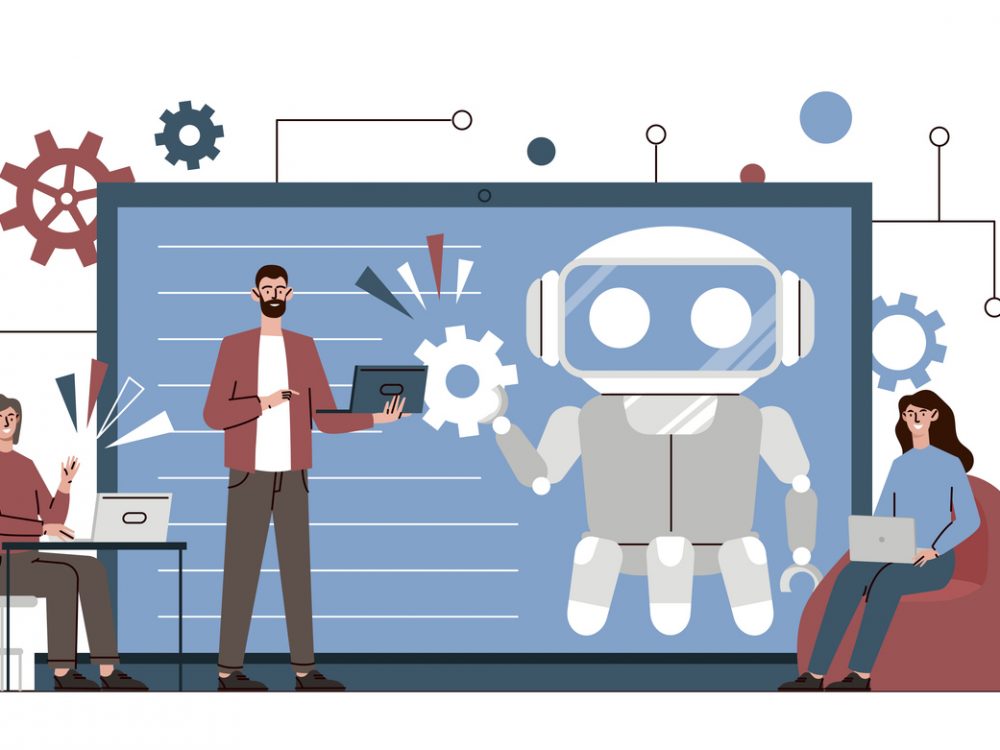
Demystifying interoperability: Key takeaways from our new white paper
Government offices are filled with siloed, sector-specific digital systems that strain their capacity to make decisions, use data effectively, and achieve ambitious sustainable development goals. Public investments in digital development, transformation, and infrastructure can only meet citizen needs if data and systems are consolidated and interoperable.
While interoperability is a sensible approach to building digital public infrastructure, transforming existing systems is easier said than done. Limited resources and expertise, lack of training, inadequate hardware and software infrastructure, and concerns over data privacy are some of the key factors that limit the impact of systems or lead to their discontinuation. The data that feeds these systems also needs to be standardized using global best practices and common languages and frameworks that can be understood across multiple platforms and adapted to the local context. In increasingly digital economies, systems and their data need to be relevant and responsive to citizens’ specific conditions and needs With emerging challenges like climate change that require more complex data, and new technologies like artificial intelligence (AI) that require large volumes of data, systems need to be agile and scalable to advance solutions and fully harness innovation.
Our latest paper discusses, in practical terms, what goes into implementing interoperable solutions in partnership with public administrations. Based on over 20 years of DG’s experience, the paper demystifies key components needed to build robust, resilient, and interoperable data systems, focusing on the “how” of data standardization, data governance, and implementing technical infrastructure.

Image from Demystifying interoperability, 2024
Setting up Data Standards
Data must be standardized for consistent and seamless exchange between different systems. Without standardization, systems cannot “talk” to one another, limiting users’ ability to gain deeper insights from combined data sources. Standardization can be a long process as not all data can be acted upon at once; certain datasets and systems need to be prioritized with a view to scale over time. Moreover, data standards are about the people who use them: it takes time for the people who know their data best to change data collection and usage methods over time. Inclusive data standards processes draw diverse stakeholders together for a win-win scenario: everybody can make better decisions that drive productivity when they can see the same picture together.
Cultivating Adaptable Data Governance
Many countries do not have a clear “whole-of-government” policy on data sharing and access. This absence matters for interoperability because systems will struggle to remain usable without a consistent flow of quality data that can be shared. To tackle this challenge, Chapter 3 looks at the practical and legal frameworks that govern how key digital systems in the Ethiopian Ministry of Agriculture manage and control data availability, usability, integrity/quality, and security. Incorporating a data governance lens into the technical development of systems increases data accuracy and consistency by taking the guesswork out of data sharing.
Building Up the Technology
What counts as “good” digital public infrastructure is hard to define, especially when there are several well-known problems. For example, there are systems that cannot be modified without re-engaging vendor support; platforms with rapidly outdated technology; and difficult-to-manage storage solutions that lead to data loss. Smart development of digital infrastructure boosts efficiency and builds trust, making services more responsive to citizen needs. Solving these challenges requires a holistic approach that addresses software, hardware, and local IT infrastructure and capacity.
Recommendations
One program cannot address all problems! The following recommendations reflect the systemic shifts required to build better technology across sectors as well as the forward-looking opportunities that set up public technology for the future.
- View digital transformation on a maturity axis, rather than a transition from point A to B.
- Understand what already exists to set priorities.
- Use what exists to define the scope.
- Institutionalize sustainability from the outset in every dimension: human, institutional, technical, and financial.
- Take a portfolio view of digital transformation that puts interoperability at the center. Country digital roadmaps can guide priorities across multiple digital needs.
- Recognize that transformation requires champions.
- Ensure data standards stretch across sectors and regions.
- Keep watching and actively collaborating with telecommunications outfits as the numbers of local cloud providers continue to grow.
- Invest in national legal frameworks for responsible data sharing.
- Do not forget the people.

Accelerating Institutions: How DG’s 25 Years Create Unique Value for AI
As AI reshapes the digital landscape, we share in this blog DG’s approach to helping institutions adopt it effectively using clear use cases, strong data foundations, and decades of experience to cut through hype and prioritize ethical, sustainable impact.

Reflecting on 3 Years of Digital Advisory Support for Agricultural Transformation
As the DAS program concludes, this blog reflects on its impact in advancing digital transformation in agriculture, highlighting lessons on capacity building, knowledge transfer, and sustaining resilient food systems.

Democratizing Digital or Digitizing Democracy in 2025?
The line between democratizing digital and digitizing democracy is increasingly blurred. This blog explores how applying democratic principles to digital governance can strengthen trust and ensure technology truly serves people.